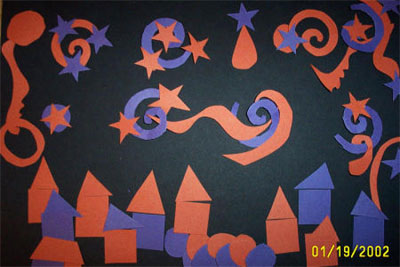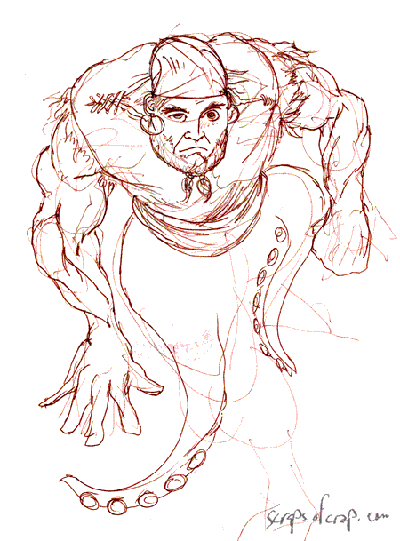
by Scott, who says, “something I made a few years ago while bored with a stack of construction paper and some scissors.”

by Scott, who says, “something I made a few years ago while bored with a stack of construction paper and some scissors.”

My old art teacher/mentor would absolutely take me to task for the horrid anatomy in the right forearm. SORRY JOHN